Lucknow, the City of Nawabs, draws millions to its iconic monuments and bustling bazaars. Yet beyond the well-trodden paths of Bara Imambara and Hazratganj lie enchanting pockets that reveal the city’s soul in quieter moments. These nine less touristy places in Lucknow offer authentic experiences without the tourist throngs.
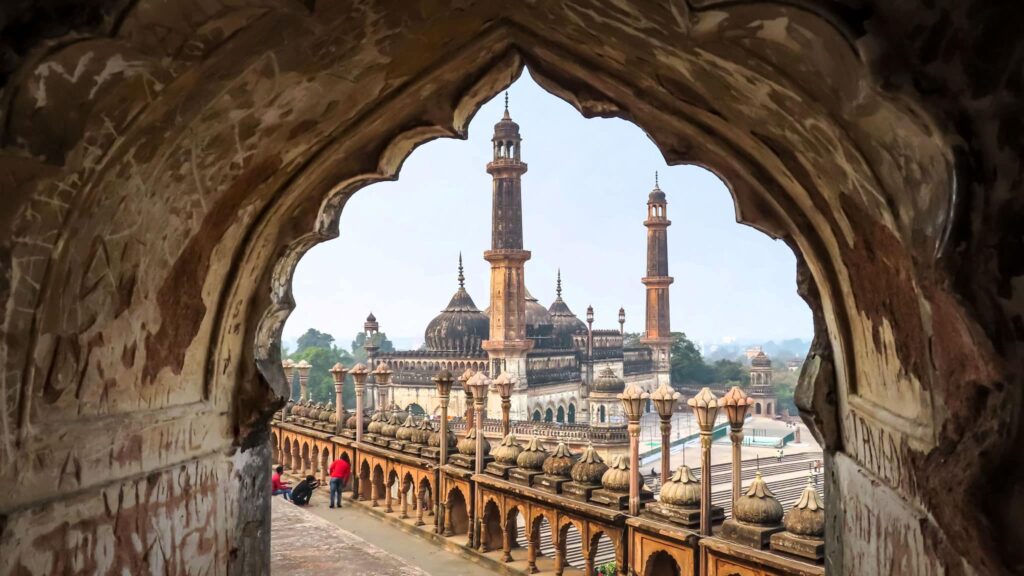
Discovering Lucknow’s Best-Kept Secrets
Travel experts and local historians have long advocated for exploring Lucknow beyond its famous landmarks. These alternative destinations showcase the city’s diverse cultural tapestry, from forgotten architectural marvels to thriving traditional markets that have operated for centuries.
Each location tells a different story of Lucknow’s rich heritage – some rooted in Mughal grandeur, others in revolutionary fervor, and many in the everyday lives of communities that have shaped this remarkable city. What makes these places special is their ability to offer genuine encounters with local culture, away from commercial tourism pressures.
1. Chhota Imambara’s Back Courtyard
Most visitors focus on the grand halls and chandeliers, bypassing the peaceful rear courtyard. This serene space offers a contemplative escape from the main monument’s bustle.
The courtyard’s Mughal-style gardens and weathered archways create perfect frames for photography. Morning light filters through ancient trees, casting intricate shadows on worn stone pathways. Unlike the crowded main halls, this space invites quiet reflection and unhurried exploration.
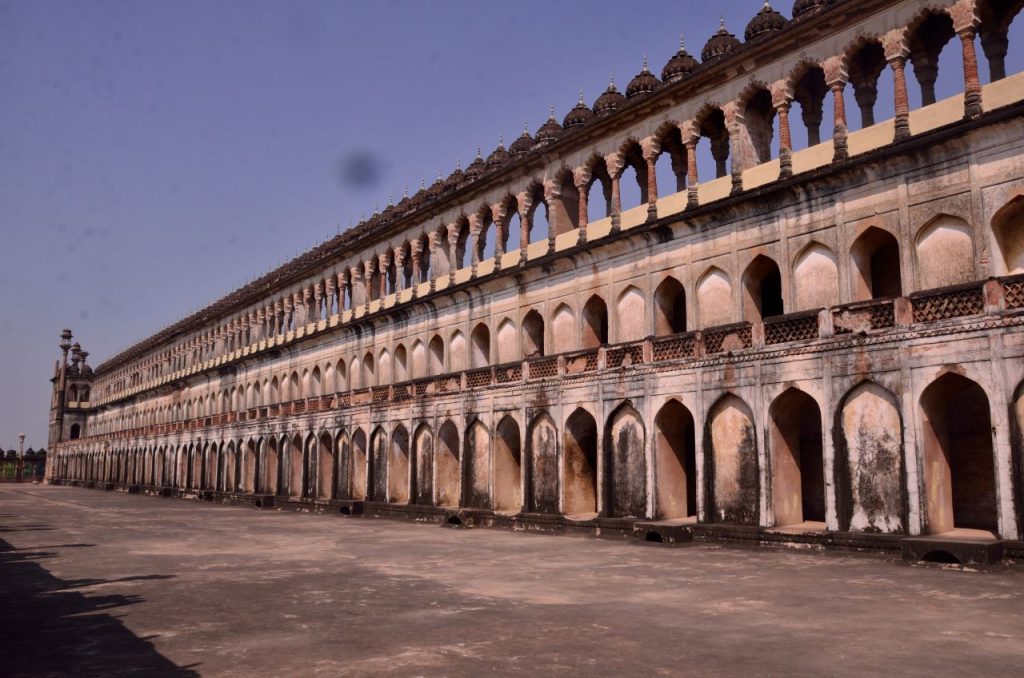
Local historians suggest that interpretive signage could enhance visitor experience, while soft evening lighting might transform this space into an ideal venue for intimate cultural performances. The courtyard’s acoustics naturally amplify music and poetry, making it a hidden gem for artistic gatherings.
Best time to visit: Early morning or late afternoon. Access: Through the main Chhota Imambara complex
2. Begum Hazrat Mahal Park
Despite its historical importance, this calm park dedicated to a freedom fighter is overlooked by many sightseeing itineraries. Named after the brave queen who led resistance during the 1857 revolt, this park remains surprisingly undervisited.
Mature trees provide natural shade for leisurely walks, while well-maintained paths wind past monuments dedicated to freedom fighters. The park’s peaceful atmosphere contrasts sharply with Lucknow’s busy streets, offering families and solo travelers alike a chance to connect with history in natural surroundings.
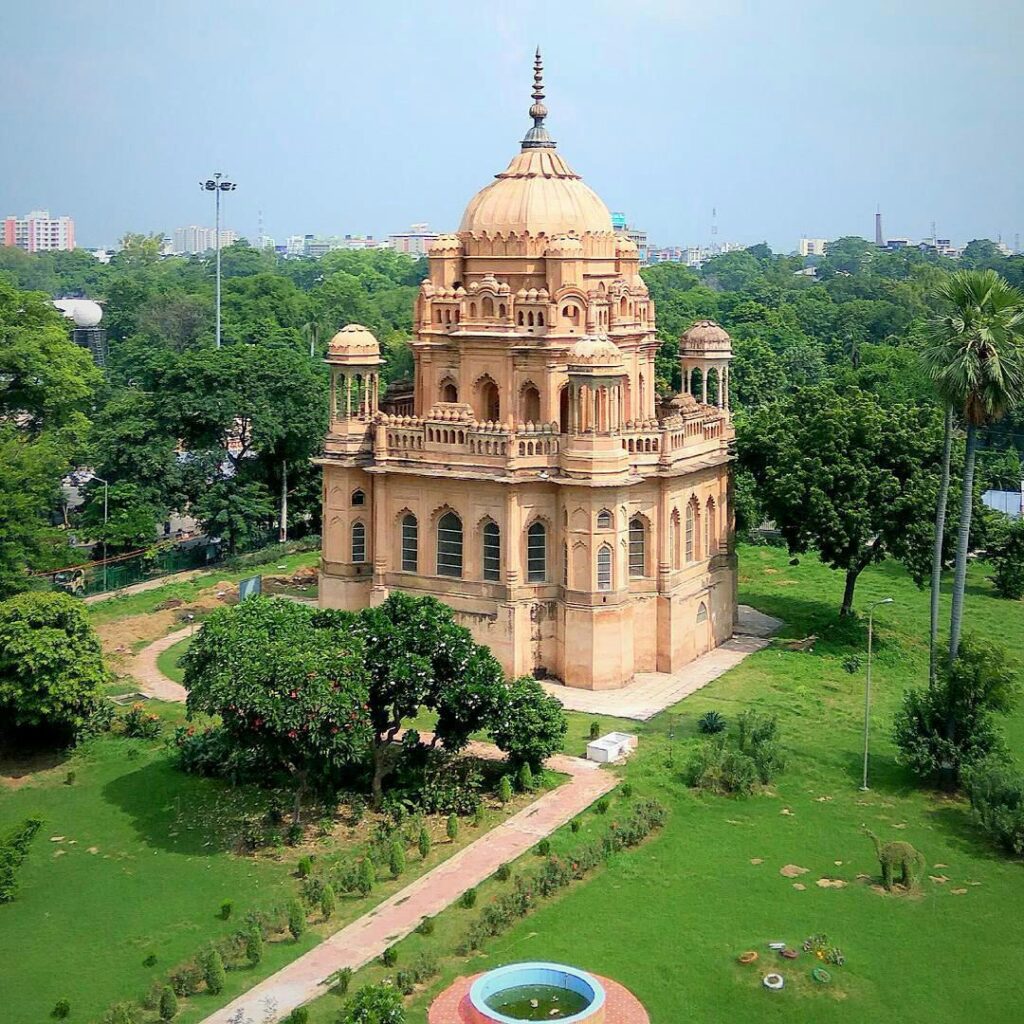
Educational programs involving local schools could bring this space to life, with guided heritage walks revealing stories of courage and sacrifice. Enhanced landscaping and additional seating would encourage longer visits and deeper appreciation of this historical sanctuary.
Location: Qaiserbagh area Ideal for: History enthusiasts, morning joggers, peaceful picnics
3. Kakori Village
Located 14 kilometers from Lucknow’s center, this village is known more for its revolutionary history than its rustic beauty. Kakori village earned its place in history through the famous Kakori Conspiracy of 1925, when freedom fighters robbed a British train to fund their revolutionary activities.
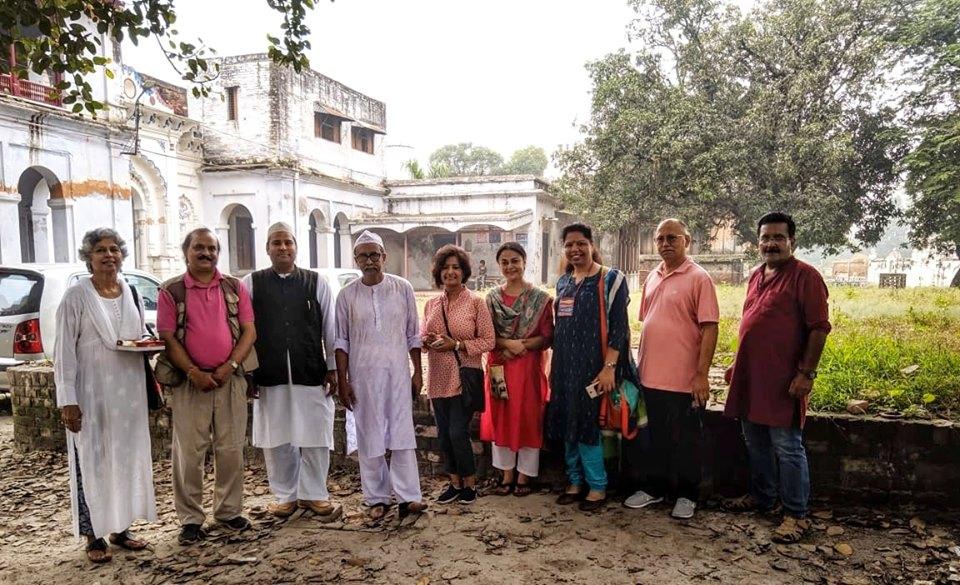
Ancient mango orchards stretch across the landscape, their gnarled branches heavy with fruit during summer months. Local weavers continue age-old textile traditions, creating beautiful fabrics on wooden looms passed down through generations. The village’s narrow lanes and traditional courtyard houses tell stories of simpler times.
Heritage trails connecting historical sites with artisan workshops could showcase both revolutionary history and living culture. Homestay programs would allow visitors to experience rural hospitality while supporting local families. The village’s proximity to Lucknow makes it perfect for day trips seeking authentic rural experiences.
Distance from Lucknow: 14 km Famous for: Revolutionary history, mango orchards, traditional weaving
4. Dilkusha Kothi Ruins
The crumbling remains of this baroque-style hunting lodge are overshadowed by grander monuments yet hold hauntingly beautiful photographic potential. Though largely in ruins, Dilkusha Kothi possesses an ethereal beauty that photographers and history lovers find irresistible.
Crumbling walls frame views of surrounding gardens, while empty doorways and broken arches create dramatic silhouettes. The ruins gain particular magic during golden hour, when sunset light transforms weathered stones into glowing amber. Unlike more restored monuments, Dilkusha Kothi’s raw, unpolished state appeals to those seeking atmospheric locations for creative projects.
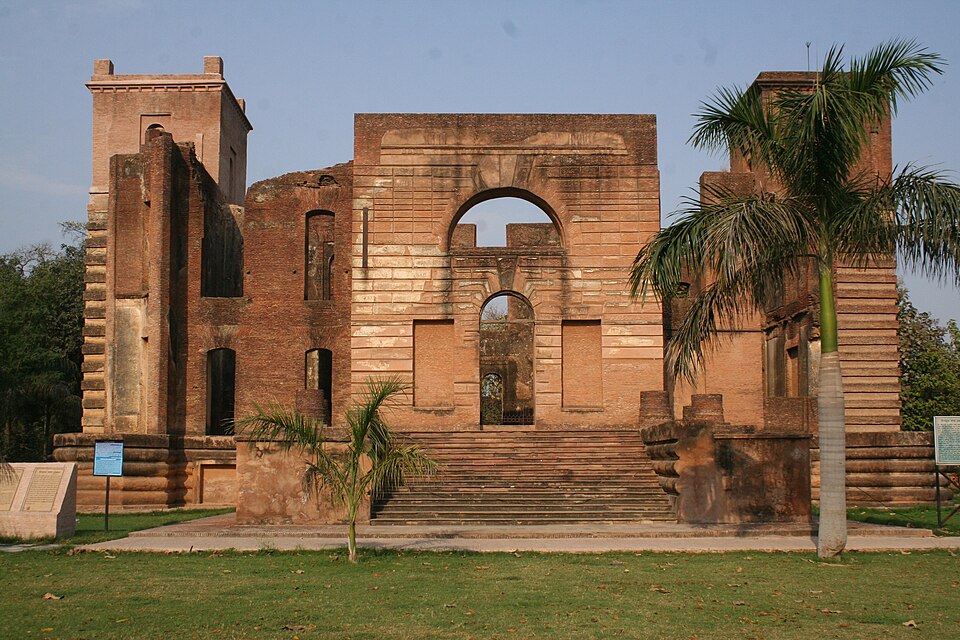
Guided storytelling sessions could bring the lodge’s colorful past to life, while proper historical signage would help visitors imagine its former grandeur. Twilight photography workshops or poetry evenings among the ruins would attract creative communities looking for inspiring venues.
Architectural style: Baroque Best for: Photography, atmospheric walks, creative inspiration
5. Latouche Road Antique Markets & Yahiyaganj Spice Lanes
As documented by Condé Nast Traveller India, these markets are rich in culture and craft but rarely appear on mainstream tourist maps. Hidden within Lucknow’s old quarters, these interconnected markets pulse with authentic local life.
Latouche Road’s antique dealers sell everything from vintage brass items to colonial-era furniture, while Yahiyaganj’s narrow lanes overflow with aromatic spices and traditional perfumes. Shopkeepers here maintain family businesses spanning generations, their expertise passed down through decades of practice.
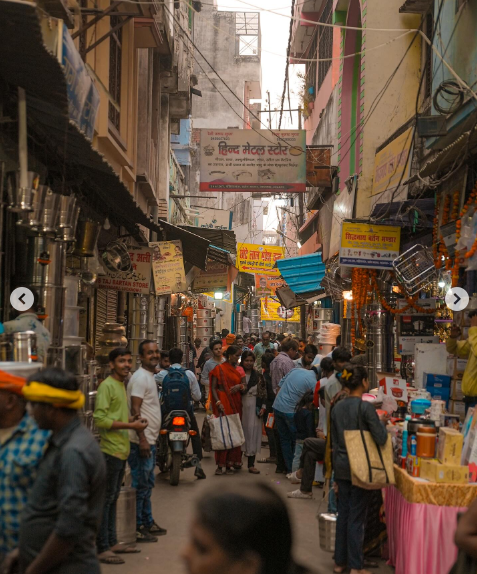
Curated shopping tours could guide visitors through the maze while explaining local customs and bargaining practices. Workshops on spice blending or traditional perfumery would provide hands-on cultural experiences. Partnerships with local artisans could demonstrate Chikankari embroidery techniques, allowing tourists to witness this UNESCO-recognized craft in action.
Specialties: Antiques, spices, traditional perfumes, handcrafted items Shopping tips: Bargain respectfully, ask about item histories
6. Dewa Sharif
Tripatini identifies this spiritual destination as a retreat often missed by tourists who stick to city sites. Located approximately 25 kilometers from Lucknow, Dewa Sharif centers around the shrine of Sufi saint Haji Waris Ali Shah.
The town attracts devotees year-round, but remains largely unknown to general tourists focused on Lucknow’s architectural monuments. Dewa Sharif’s spiritual atmosphere provides respite from urban chaos. The shrine complex includes multiple buildings, gardens, and meditation spaces where visitors can experience Sufi traditions firsthand.
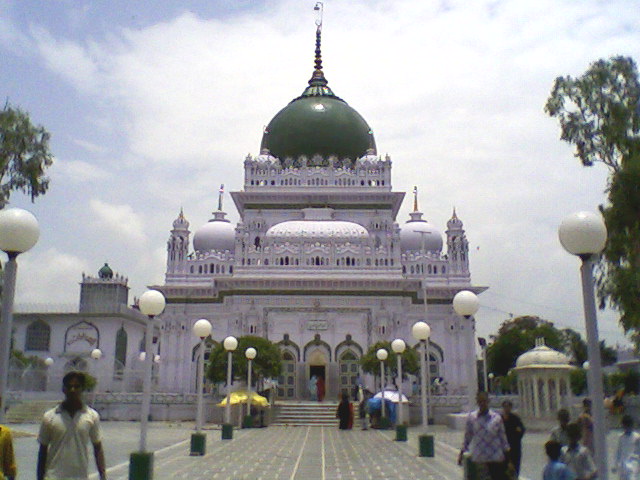
Day-trip packages including transportation and guided spiritual experiences could introduce more visitors to Sufi culture. Evening programs featuring traditional music performances would showcase this rich mystical tradition. Eco-friendly transport options from Lucknow would make the journey more sustainable and accessible.
Distance from Lucknow: 25 km Religious significance: Sufi shrine dedicated to Haji Waris Ali Shah Best time: Throughout the year, especially during urs festivals
7. Satkhanda & Hussainabad Picture Gallery
Agoda reports that both are architectural and historical gems—Satkhanda’s panoramic views and the gallery’s Nawabi portraits—but receive limited tourist attention. Satkhanda, literally meaning “seven stories,” remains an unfinished watchtower that offers panoramic city views to those willing to climb its steep stairs.
The watchtower’s upper levels provide unique vantage points over Lucknow’s skyline, revealing the city’s blend of historical and modern architecture. Nearby, Hussainabad Picture Gallery houses an remarkable collection of Nawabi portraits and historical paintings depicting court life, festivals, and prominent personalities from Lucknow’s golden age.
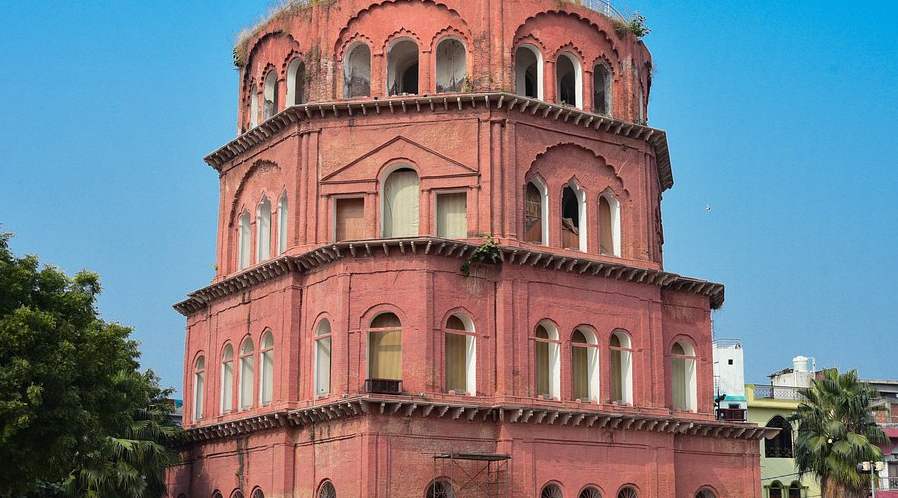
Restoration work making Satkhanda safely accessible would unlock its tourism potential, while audio guides in the gallery could provide deeper context for the artwork. Art history lectures or themed evening events combining both sites would appeal to cultural enthusiasts seeking educational entertainment.
Satkhanda height: Planned for seven stories (unfinished) Gallery highlights: Nawabi court paintings, historical portraits Combined visit duration: 2-3 hours
8. Kukrail Reserve Forest & Gharial Breeding Centre
Wikipedia indicates that this urban forest offers conservation work and wildlife experiences, yet remains off the typical tourist radar. This forest sanctuary encompasses 2,027 hectares of protected woodland within Lucknow’s boundaries, combining natural forest areas with a specialized breeding program for gharials, India’s critically endangered crocodilian species.
Forest paths wind through native vegetation, offering opportunities for birdwatching and nature photography. The breeding center provides educational insights into conservation efforts while allowing close observation of these ancient reptiles. Families find the combination of wildlife and natural beauty particularly appealing.

A dedicated eco-visitor center could enhance educational value through interactive displays and guided programs. Specialized birdwatching tours led by naturalists would attract wildlife enthusiasts, while designated picnic areas would encourage family visits.
Area: 2,027 hectares Wildlife highlights: Gharials, diverse bird species, native forest animals Conservation focus: Gharial breeding and forest preservation
9. Bhitauli Village & Dudha-Tali Pond
According to Wikipedia, this serene village about 20 km from city, with centuries-old heritage, a lotus-filled pond, and rich Sufi and scholarly history attracts few visitors. Twenty kilometers from central Lucknow lies Bhitauli village, home to the legendary “Pond of Milk” (Dudha-Tali).
Local folklore claims this centuries-old water body once flowed with milk, though today it blooms spectacularly with lotus flowers during monsoon season. The village retains strong connections to Sufi traditions and Islamic scholarship, with several historical sites reflecting this rich cultural heritage.

Heritage walks connecting historical sites with natural attractions could showcase the village’s unique character. Lotus pond conservation efforts would preserve this natural wonder for future generations. Moonlit cultural programs featuring local musicians and storytellers would create magical evening experiences, while homestay opportunities could provide authentic rural tourism alternatives.
Distance from Lucknow: 20 km Natural attraction: Lotus-filled Dudha-Tali pond Cultural significance: Sufi heritage, traditional Islamic scholarship
Practical Travel Information
Transportation: Most locations are accessible by auto-rickshaw, taxi, or private vehicle. Villages like Kakori and Bhitauli require longer journeys but offer authentic rural experiences.
Best visiting season: October through March provides pleasant weather for outdoor exploration. Monsoon season (July-September) brings lush greenery but may limit access to some rural areas.
Local guidance: Many sites benefit from local guides who can share historical context and cultural insights not available through standard tourism channels.
Cultural Etiquette and Responsible Tourism
When visiting religious sites like Dewa Sharif, dress modestly and remove shoes where required. Village locations appreciate respectful behavior toward local customs and traditions. Photography permissions should be sought, especially in religious or residential areas.
Support local communities by purchasing authentic handicrafts from village artisans and respecting environmental conservation efforts at natural sites. These lesser-known destinations depend on responsible tourism practices to preserve their authentic character while supporting local livelihoods.
Frequently Asked Questions
Are these locations safe for solo travelers?
Yes, all mentioned destinations maintain good security. However, inform someone about your plans when visiting rural areas, and consider hiring local guides for enhanced safety and cultural insights.
Do these sites have entry fees?
Most locations charge nominal fees or no entry charges at all. Chhota Imambara requires standard monument tickets, while natural sites like Kukrail Reserve may have minimal conservation fees.
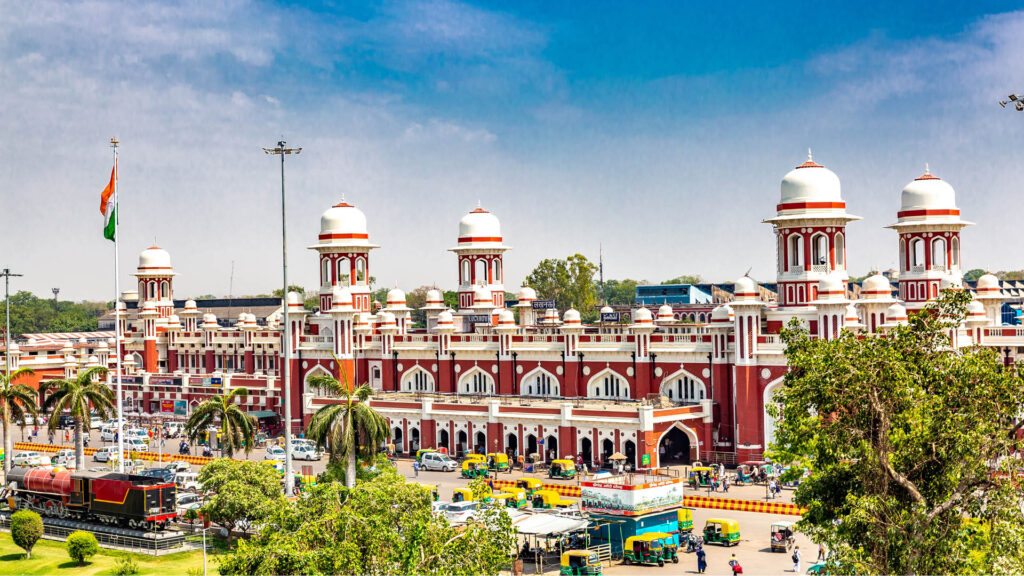
Can I combine multiple locations in one day?
Urban locations like Satkhanda, Hussainabad Picture Gallery, and local markets can be combined easily. Rural destinations like Kakori or Bhitauli work better as dedicated day trips due to travel distances.
Are there accommodation options near these sites?
Most visitors stay in central Lucknow and travel to these locations as day trips. However, villages like Kakori and Bhitauli offer potential homestay experiences that provide authentic cultural immersion.
What should I bring when visiting these places?
Comfortable walking shoes, sun protection, drinking water, and a camera are essential. For rural areas, consider bringing insect repellent and small denomination currency for local purchases.
Related Attractions Worth Exploring
Beyond these nine hidden gems, Lucknow offers additional offbeat experiences. The Residency’s lesser-known corners tell untold stories of colonial history, while Aminabad’s back alleys reveal traditional craft workshops rarely seen by tourists. Rumi Darwaza’s surrounding areas contain architectural details often overlooked by hurried visitors.
Local festivals throughout the year provide opportunities to experience authentic Lucknowi culture, from Muharram processions to Dussehra celebrations in neighborhood communities. Food enthusiasts can explore family-run eateries in old city areas, discovering recipes passed down through generations of Awadhi cooks.
These hidden treasures reward patient exploration and cultural curiosity, offering experiences that connect visitors more deeply with Lucknow’s authentic spirit. Each location provides unique perspectives on the city’s layered history, natural beauty, and living cultural
